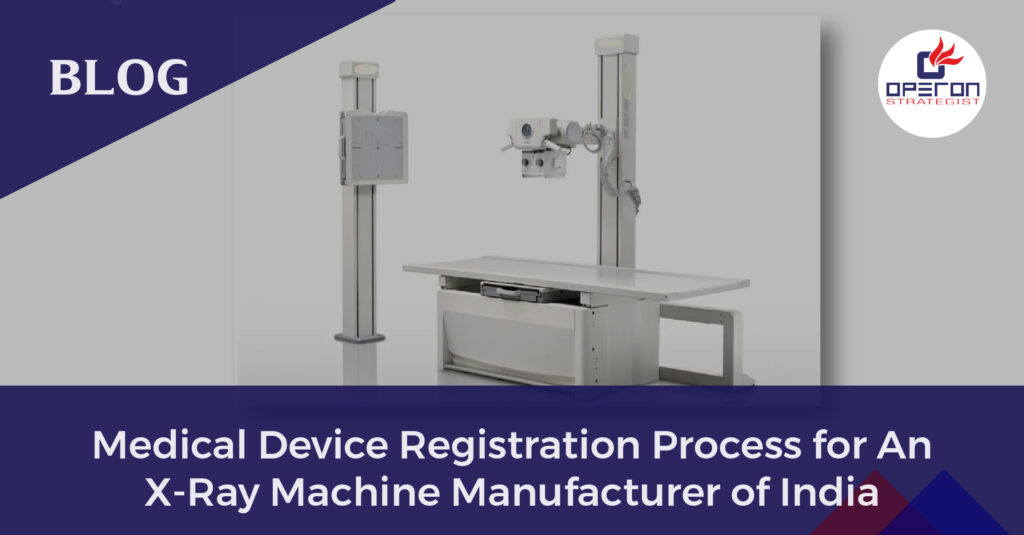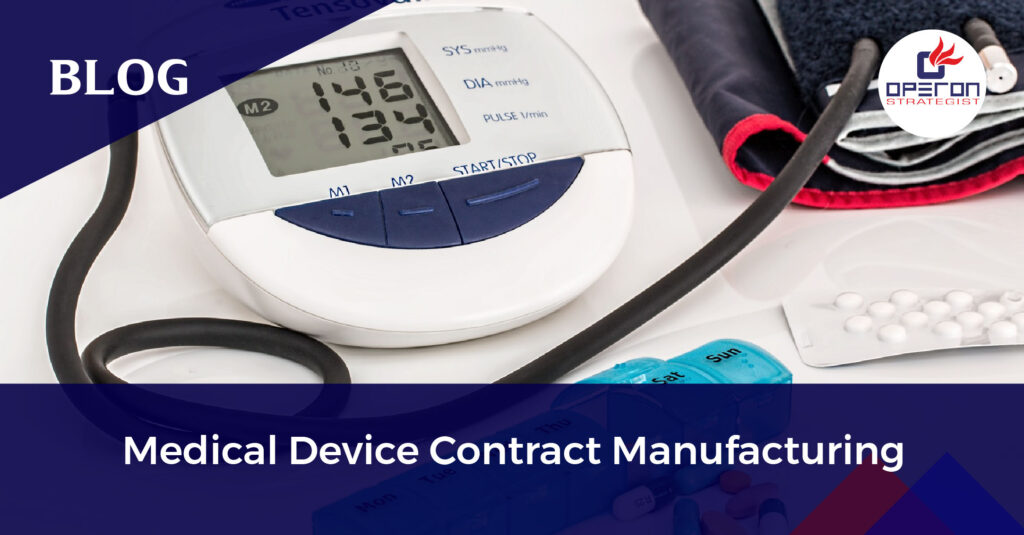An Overview of X-Ray Machine Manufacturing:
X-rays are a type of electromagnetic radiation used for medical imaging. They help examine internal structures by transmitting waves through the body and capturing images on film or digital systems. Commonly used to detect fractures and diagnose conditions like pneumonia, X-rays pass through non-metallic tissues, making them essential in medical diagnostics.
X-ray machines function like high-powered cameras and are used in hospitals for various scans, including joint, dental, bone, and abdominal X-rays. Manufacturers must comply with regulatory standards for X-ray machine registration in India, ensuring safety and quality compliance.
Looking for Registration Process of X-ray Machine?
Lets have a word about your project
What Are the Different Types of X-Ray Machines?
Types of X-Ray Machines
X-ray machines are categorized based on size, power, and intended application. Here are the key types:
Medical X-Ray Machines
- Radiography X-ray Machine – Used for still images of bones and organs.
- Fluoroscopy X-ray Machine – Provides real-time imaging for procedures like angiography.
- Computed Tomography (CT) Scanner – Creates 3D images for detailed diagnostics.
- Mammography Machine – Specialized for breast cancer detection.
- Dental X-ray Machine – Used for oral examinations.
- C-arm X-ray Machine – Mobile unit for surgical procedures.
Industrial and Security X-Ray Machines
- Industrial X-ray Machine – Used for non-destructive testing (NDT).
- Baggage & Cargo X-ray Scanner – Deployed at airports and ports for security screening.
- Portable X-ray Machine – Lightweight units for emergency and remote use.
- Veterinary X-ray Machine – Used in animal healthcare.
X-Ray Machine Manufacturing Process
The manufacturing process involves high-precision engineering and specialized components. Key aspects include:
- Component Manufacturing: Rotors, anode cans, and high-voltage generators.
- Deep Drawing Technique: Metal sheets are pressed into specific shapes.
- Quality Control & Testing: Ensuring safety, efficiency, and regulatory compliance.
Why Registration is Necessary for X-Ray Machines?
In India, X-ray machines fall under Class C (Moderate to High Risk) as per MDR 2017 regulations. Since they are classified as notified medical devices, CDSCO registration is mandatory before manufacturing or importing them.
Read about CDSCO classifications for medical devices.
CDSCO Registration Process for X-Ray Machines
Steps to Register:
- Determine if the device is notified – X-ray machines are notified devices and require mandatory registration.
- Appoint an Indian Authorized Agent (IAA) – If you’re a foreign manufacturer, an IAA is required for representation.
- Prepare Regulatory Documentation – This includes:
a. Application Form
b. ISO 13485 Certification
c. Device Master File (DMF)
d. Free Sale Certificate - Submit Documents to CDSCO – After verification, a registration license is issued.
Save time and ensure hassle-free registration with our expert services.
How We Assist with X-Ray Machine Registration in India
Handling regulatory documentation and compliance can be complex and time-consuming. Our experts provide:
- End-to-end assistance with CDSCO registration.
- Regulatory document preparation and submission.
- Training on Quality Management System (QMS) implementation.
- Guidance on plant layout design for compliance.
Our dedicated and experienced team of professionals assists you in the creation and submission of the technical file and provides training and guidance on the implementation of the Quality management system, and device design documentation to speed up your regulatory process. Avail of our cost-effective services to save your time and money. Contact our expert today and discuss your requirements.
- adminhttps://operonstrategist.com/author/admin-2/
- adminhttps://operonstrategist.com/author/admin-2/
- adminhttps://operonstrategist.com/author/admin-2/
- adminhttps://operonstrategist.com/author/admin-2/




